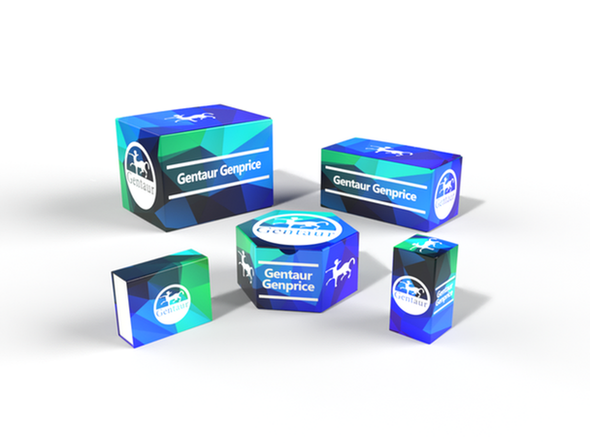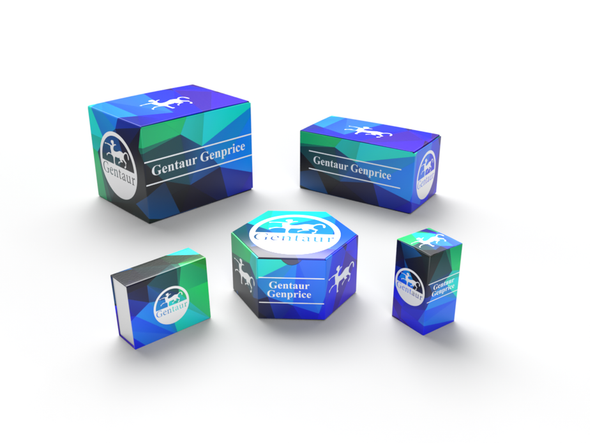Description
NRG3 Antibody | 62-188 | Gentaur UK, US & Europe Distribution
Host: Rabbit
Reactivity: Human
Homology: N/A
Immunogen: This NRG3 antibody is generated from rabbits immunized with a KLH conjugated synthetic peptide between 688-717 amino acids from the C-terminal region of human NRG3.
Research Area: Cancer, Neuroscience
Tested Application: WB, IHC-P
Application: For WB starting dilution is: 1:1000
For IHC-P starting dilution is: 1:10~50
Specificiy: N/A
Positive Control 1: N/A
Positive Control 2: N/A
Positive Control 3: N/A
Positive Control 4: N/A
Positive Control 5: N/A
Positive Control 6: N/A
Molecular Weight: 78 kDa
Validation: N/A
Isoform: N/A
Purification: This antibody is purified through a protein A column, followed by peptide affinity purification.
Clonality: Polyclonal
Clone: N/A
Isotype: Rabbit Ig
Conjugate: Unconjugated
Physical State: Liquid
Buffer: Supplied in PBS with 0.09% (W/V) sodium azide.
Concentration: batch dependent
Storage Condition: Store at 4˚C for three months and -20˚C, stable for up to one year. As with all antibodies care should be taken to avoid repeated freeze thaw cycles. Antibodies should not be exposed to prolonged high temperatures.
Alternate Name: Pro-neuregulin-3, membrane-bound isoform, Pro-NRG3, Neuregulin-3, NRG-3, NRG3
User Note: Optimal dilutions for each application to be determined by the researcher.
BACKGROUND: NRG3, which belongs to the neuregulin family, is a direct ligand for the ERBB4 tyrosine kinase receptor. Binding results in ligand-stimulated tyrosine phosphorylation and activation of the receptor. NRG3 does not bind to the EGF receptor, ERBB2 or ERBB3 receptors. The protein exists as an type I membrane protein and as a proteolytically released soluble growth factor form. The membrane-bound form does not appear to be active. NRG3 is highly expressed in most regions of the brain with the exception of corpus callosum, and is expressed at lower level in testis. It is not detected in heart, placenta, lung, liver, skeletal muscle, kidney, pancreas, spleen, thymus, prostate, ovary, small intestine, colon and peripheral blood leukocytes. The NRG3 cytoplasmic domain may be involved in the regulation of trafficking and proteolytic processing. Regulation of the proteolytic processing may involve initial intracellular domain dimerization.






